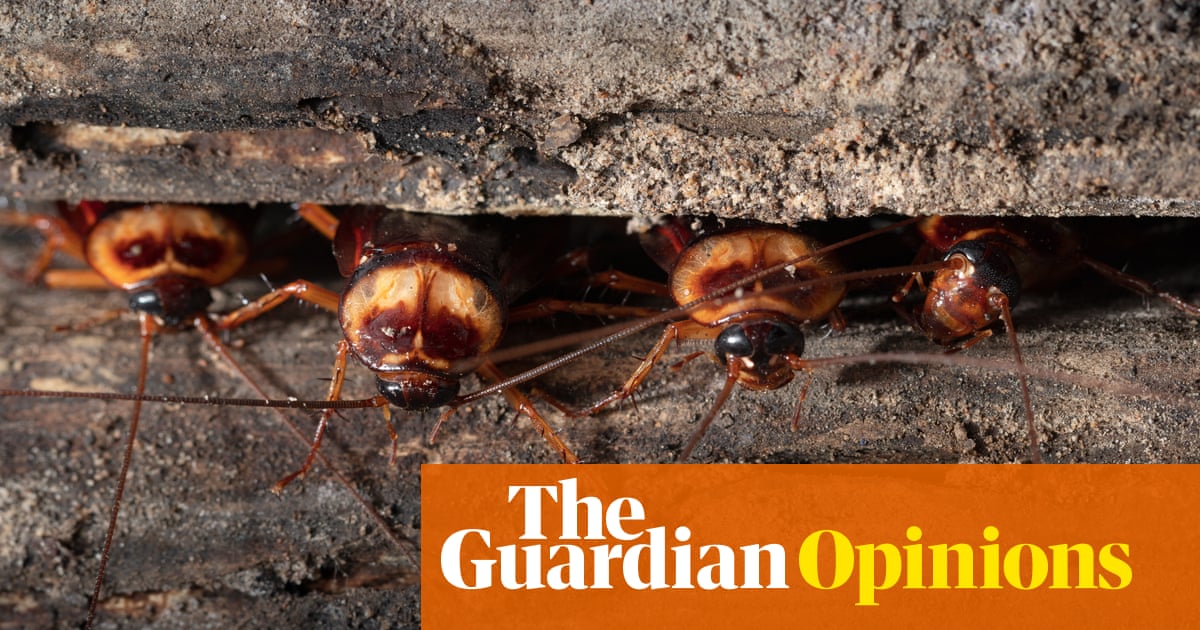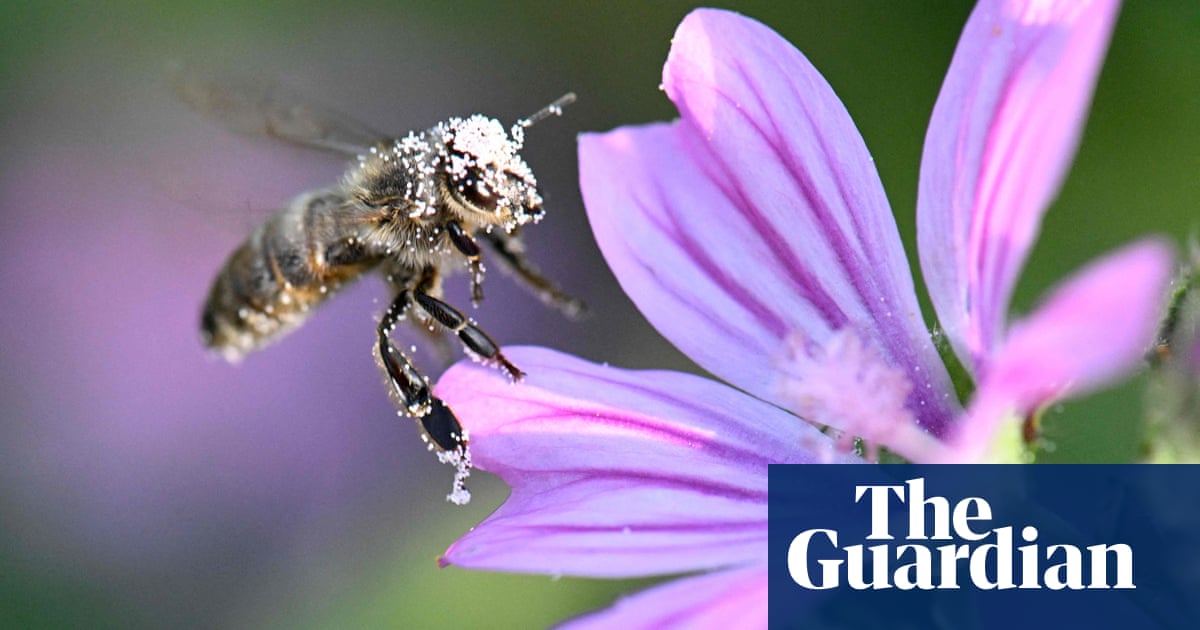
More than three centuries after she made a perilous transatlantic voyage to study butterflies, a rare copy of the hand-coloured masterwork by the great naturalist and artist Maria Sibylla Merian is returning to Amsterdam.
The Rijksmuseum, which holds more than half-a-million books on art and history, last week announced it had acquired a rare first-edition copy of Metamorphosis of the Insects of Suriname (Metamorphosis Insectorum Surinamensium), described as a high point of 18th-century book production when the Dutch Republic was “the bookshop of the world”.
More than half-a-metre tall and illustrated with 60 richly coloured plates, Metamorphosis revealed to a wider public the transformation of tropical insects from egg to adult.
Merian and her daughters produced about 200 copies from 1705, but today only an estimated 67 remain, and few with colour illustrations.
“It’s one of the most fascinating books in natural history that we know,” Alex Alsemgeest, curator of library collections at the Rijksmuseum, told the Observer. Also “quite exceptional”, he said, was that Merian took the entire book production process “into her own hands”, from the voyage to Suriname to the commercialisation of the work, which was sold to merchants and scientists across Europe.
With its beautiful, sometimes disturbing images, rendered with pinpoint precision, Metamorphosis is a work of art and scientific scholarship, from a time when there was no rigid division between disciplines. It is also part of the story of Dutch colonialism. Merian recorded the local names of plants and insects she studied. In contrast to other European naturalists, she credited local people with helping her discover the colony’s wildlife, although didn’t name individuals.
Finally, there is the fascinating life of Merian herself. As a 52-year-old divorcee, she embarked on a self-funded voyage to Suriname in 1699, driven by relentless curiosity about the lives of insects.
Born in Frankfurt, Merian learned to paint in her artist stepfather’s workshop, and became fascinated by silkworms, moths and butterflies. She married one of her stepfather’s apprentices and had two daughters. Ensconced in a comfortable life in Nuremberg, she bred and sketched caterpillars, publishing celebrated books about the plants and insects around her.
At this time, many people still believed that insects spontaneously generated in the dirt. While Merian was not the first to show the transformation from egg, through larva and pupa, to adult insect, “her artistic talents helped to bring this message to a wider audience” Alsemgeest said.
Described by the late historian Natalie Zemon Davis as “curious, wilful” and “a harder person to pin down” than other notable contemporaries, Merian left her husband to join a strict Protestant sect in Friesland, before eventually setting up a business in Amsterdam.
It was in the Dutch city she discovered in cabinets the vivid butterflies of Suriname, a Dutch colony until 1975, on the northern coast of South America. Having moved there with her younger daughter, Dorothea, she criticised Dutch settlers who only cared for sugar, ignoring the fertile potential of the soil for other crops.
While she wrote little about human behaviour, Merian noted the cruelty meted out to enslaved women. In a passage about a plant that induced abortions, she described them telling her that abortions would mean their children could be born free in their own country.
Her book depicted the beauty and savagery of the natural world, as well as some wincingly realistic creepy-crawlies. The first image shows cockroaches crawling over an unripened pineapple, a fruit then celebrated in Europe as a status symbol. In another illustration, a tarantula attacks a hummingbird. Merian is credited with giving the creature its Dutch name, vogelspin, meaning “bird-spider”.
Her image would be dismissed as a fantasy. Alsemgeest said: “In the 18th century, people responded: ‘that’s what you get when you send a woman to tropical places. She probably made that up’”. But scientists later confirmed her findings, he added.
The spider plate, he said, was a very good example of how Merian worked. “She was a really good observer.”












